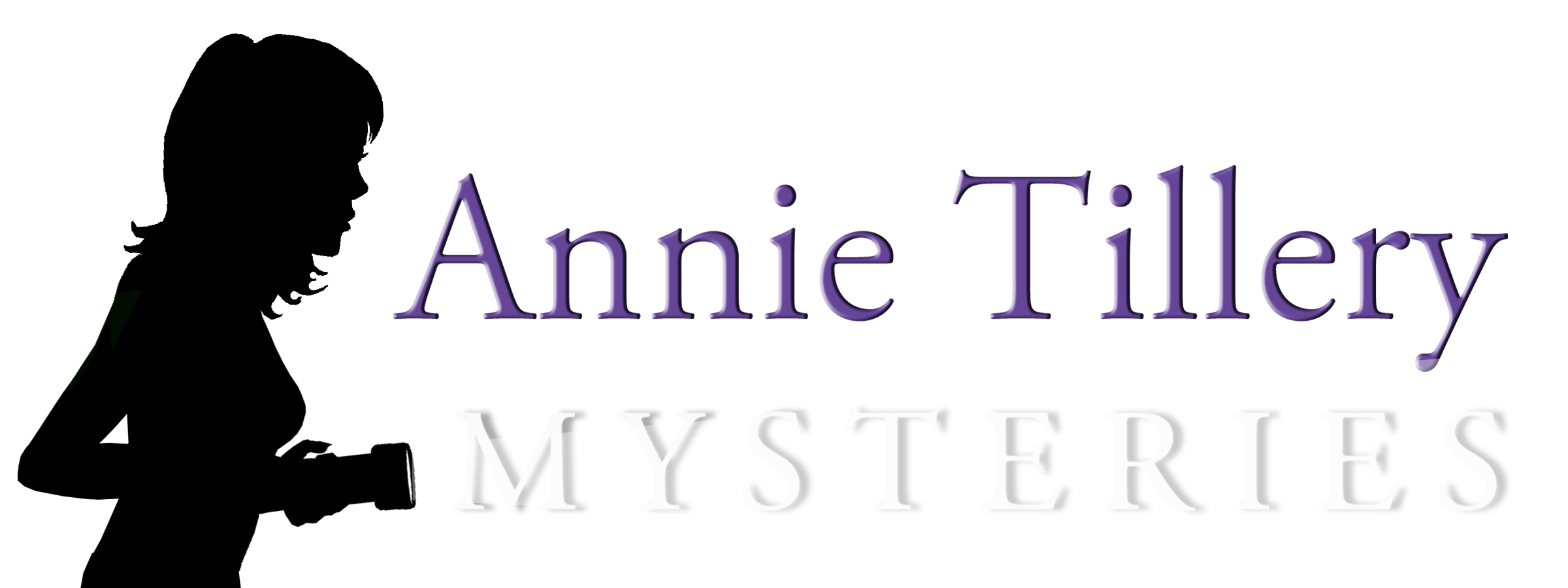In “Secrets in the Fairy Chimneys”, DNA is a very important clue. My dad asked me to explain DNA to him. I was shocked. “Everyone knows what DNA is, Dad!” I exclaimed. He replied that he knew it was called the code of life, that it controls heredity, and that you can establish links between individuals, but how does it work?
New Annie Tillery Mystery
Take the magic carpet ride of your imagination to Turkey. Join Annie and Ty in the caves of mysterious Cappadocia for another thrilling adventure.
Practically every high school student today knows about DNA, and how it works. DNA is a huge molecule that resides mostly in the nucleus of cells. It has the ability to duplicate itself, which is essential to the cell’s survival when it divides to make new cells. Every cell needs to have a complete set of
DNA molecules to function properly.
The DNA molecule holds a chemical code that translates into instructions for all cell materials and functions. Just like a computer works on codes made up of ones and zeros, DNA works on a code of tiny units within its structure. For simplicity sake we call these subunits, A, C, T and G. Just like the sequence of ones and zeros in computer codes establishes a set of instructions, the sequence of A’s, C’s, T’s and G’s determine the code for instructions for the cell’s functions.
dna molecule
There is more to the story, as you may have guessed. If the DNA code remains locked in the nucleus, it is useless. This problem is solved by another molecule, actually a relative of DNA, called RNA. RNA acts as a messenger carrying the code to another part of the cell called the ribosome. Cells have lots of ribosomes. They are protein factories where all the essential chemicals needed for the cell to live, function and divide are made. Any mistake in this process leads to disease, cancer or death. These mistakes are called mutations.
For the purpose of identifying individuals, scientists use a part of the DNA code that does not code for an essential protein, but exists in the molecule, differing from one individual to another in length. For each one of these “lengths” there is a finite number of variations that exist. Each person will fall into one of the length categories. Just identifying a person to one of these groups is not enough to confirm their identity, because thousands of individuals make up each length category. Fortunately, scientists have located many of these stretches of DNA, called restriction fragment length polymorphs. Statistically combining the person’s locations in several of these fragments will yield a probability that is 99.9% confirmation of identity.
In “Secrets in the Fairy Chimneys” each person at the archeological site had been DNA profiled. This is to make sure that there is no contamination of the ancient bone DNA Cedric Zeeks is analyzing. This list of profiles later becomes key to solving the mystery, because Ty and Cedric and I figure out that only the thief can leave their DNA in one place that no one else has access to.
Can’t wait to get the book out, so you can tell me what you think!
